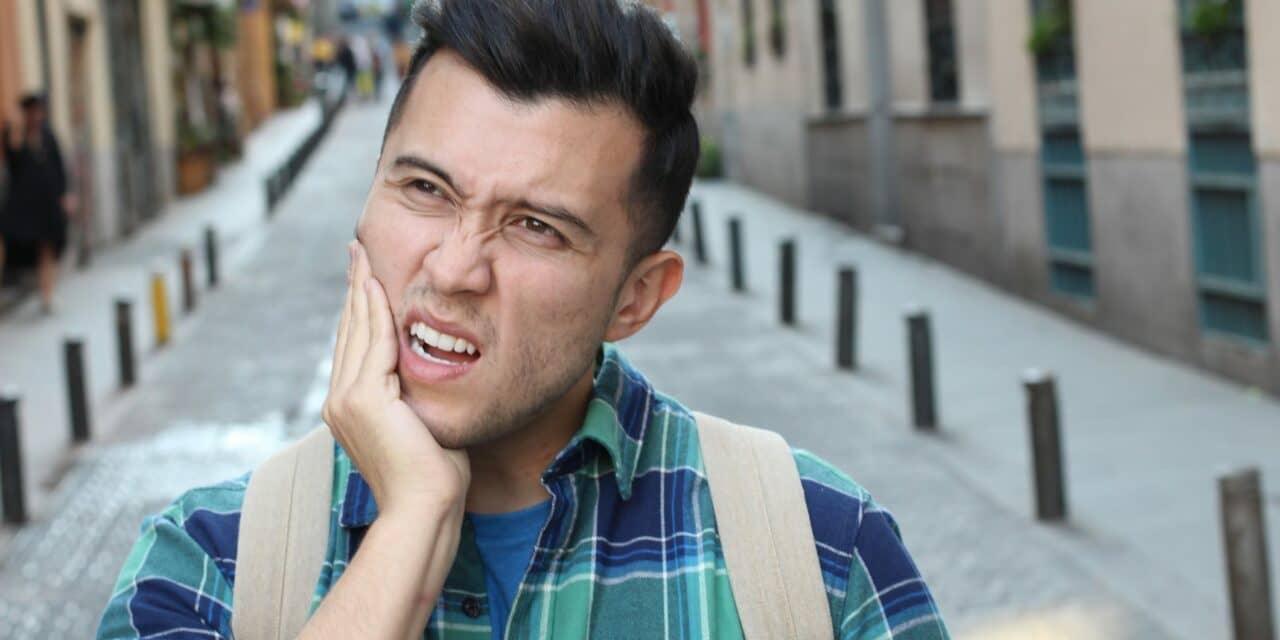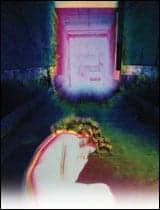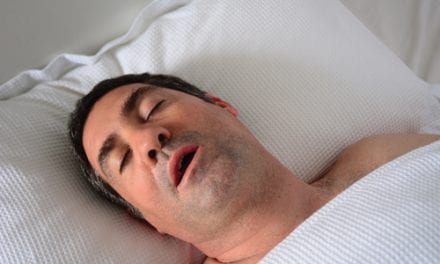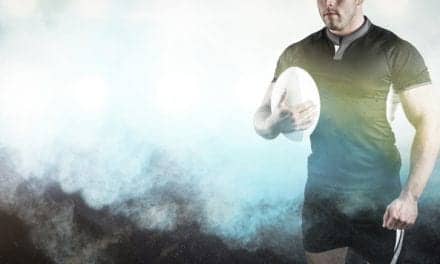By Sree Roy
In 2017, a research team at the Academic Centre for Dentistry Amsterdam (ACTA) launched a large-scale polysomnographic project to investigate the association between sleep bruxism (SB) and other sleep-related disorders, as well as explore treatment procedures for patients with concomitant conditions. Its new findings—on the prevalence and risk factors of bruxism in adults with primary (non-apneic) snoring—provide a foundation for dentists, sleep physicians, and others to recognize sleep bruxism and evaluate treatments. The research abstract, published in the July 2022 issue of the Journal of Dental Sleep Medicine, won a student research award at the 2022 American Academy of Dental Sleep Medicine Annual Meeting.
“The treatment of snoring as well as the possibly comorbid sleep bruxism will prevent the negative consequences of SB, like severe tooth wear, from happening or progressing,” says abstract first author Deshui Li, MDS, a PhD candidate at ACTA in the Netherlands. Adults with primary snoring may also receive oral appliance therapy and sleep bruxism, if not addressed, could cause the oral appliance to break.
Li says some of the study’s findings were surprising. For one, it found severe sleep bruxism in 17.5% of the 272 adults with primary snoring in the study. “Because snoring, as far as we know, is not that severe in terms of its negative consequences that may be related to SB, like hypoxemia and frequency of waking up during sleep (sleep arousals), when compared with obstructive sleep apnea, we did not expect the prevalence would be so high,” he says.
Also surprising is that higher body mass index (BMI) was not linked to severe sleep bruxism; lower BMI was. “It might be related to the inactivity of body muscles or inflammatory changes of muscle fibers in relation to high BMI. However, more studies are needed to further investigate the underlying mechanism,” Li says.
A higher total arousal index was also linked to severe sleep bruxism in these patients. “Based on currently available evidence, most SB events occur during sleep arousals. Thus, it is logical that the more arousals, the more SB events,” Li says. “Studies show that arousal only acts as a permissive window for the occurrence of SB instead of a trigger.”
Another risk factor for concomitant severe sleep bruxism is a lower percentage of stage 2 sleep. “Previous studies demonstrated that SB occurs commonly in light sleep stages, including sleep stage 1 and stage 2. This might be related to the high frequency of sleep arousals in these stages,” Li says.
The research uncovered several risk factors in adults with snoring that could tip off physicians that a patient might be at risk of sleep bruxism, including lower BMI and higher frequency of arousal.
“The high prevalence would be an alert for us sleep caregivers to pay attention to the comorbid SB,” Li says. Early detection and intervention of the possible negative consequences of both conditions will benefit our patients and reduce the burden of the medical cost.”
Sree Roy is editor of Sleep Review.
Reference
Li D, Lobbezoo F, Kuang B, et al. Prevalence and risk factors of severe sleep bruxism in adults with non-apneic snoring: a large-scale polysomnographic study. JDSM. 10 Jul 2022;9(3):25-6 (Abstract #006).
Photo 144632865 © Alberto Jorrin Rodriguez | Dreamstime.com





